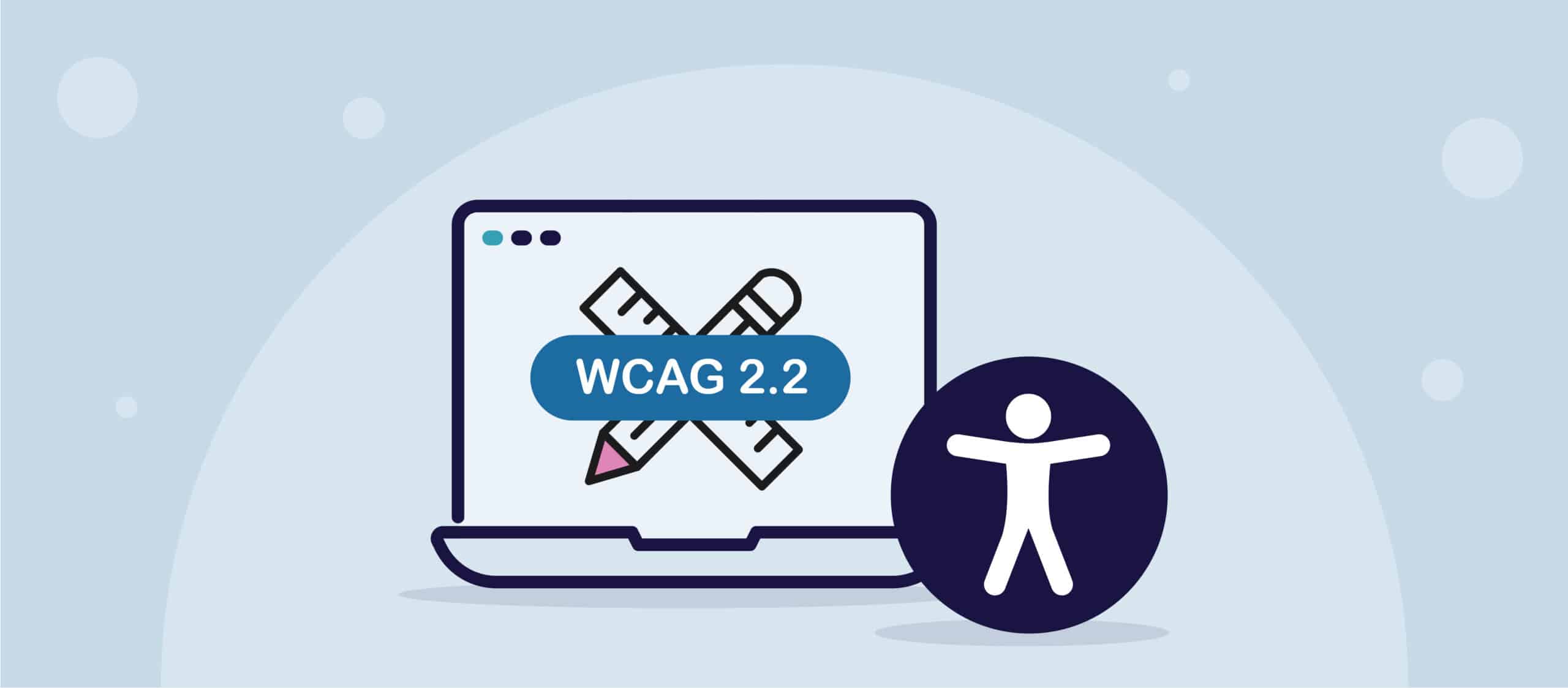Digitale Zugänglichkeit in Canada is governed by various laws and standards designed to ensure that digital content and services are accessible to all individuals, including those with disabilities.
Accessible Canada Act (ACA)
Enacted in 2019, the Accessible Canada Act (ACA) is a foundational step towards achieving a barrier-free Canada by 2040, with a significant emphasis on digitale Zugänglichkeit. This groundbreaking legislation targets the inclusivity of digital platforms, including websites and mobile applications, to ensure they are accessible to individuals with disabilities, such as visual, auditory, cognitive, and motor impairments. The ACA mandates federally regulated industries, including telecommunications and banking, as well as federal government entities, to adhere to international standards like the Web Content Accessibility Guidelines (WCAG). These guidelines provide a framework for creating web content accessible to all, highlighting the ACA’s commitment to digital inclusiveness.
The focus on digitale Zugänglichkeit under the ACA recognizes the crucial role technology plays in modern life, aiming to eliminate barriers that prevent individuals with disabilities from accessing online services and information. This not only advances equality and inclusion but also improves the digital experience for the broader Canadian populace, embodying the principle that accessible design enriches the user experience for everyone.
Richtlinien für die Zugänglichkeit von Webinhalten (WCAG)
Die Leitlinien für die Zugänglichkeit von Webinhalten (WCAG) are developed by the World Wide Web Consortium (W3C) as the global standard for web accessibility, designed to make online content accessible to individuals with disabilities. These guidelines operate on four foundational principles, ensuring web content is perceivable, operable, understandable, and robust (POUR) for users with visual, auditory, cognitive, and physical disabilities. WCAG outlines detailed guidelines and success criteria across three levels of conformance: A, AA, and AAA, with Level AA often targeted as a balanced standard for most websites.
Key recommendations include providing text alternatives for non-text content, ensuring website functionality is accessible via keyboard, and making web content easily navigable and understandable. These measures not only cater to those with disabilities but also enhance the overall user experience, making websites more navigable and intuitive for all users.
WCAG’s adherence promotes inclusivity and equality in the digital realm, ensuring that web content is accessible to a broader audience. As digital technology advances, WCAG continues to play a crucial role in guiding developers and content creators toward creating more accessible and user-friendly online environments, thereby fostering a more inclusive digital world.

Canadian Human Rights Act
Die Canadian Human Rights Act, pivotal for promoting equality and preventing discrimination in Canada, indirectly addresses digitale Zugänglichkeit, reflecting the digital era’s influence on access to information and services. Although not explicitly stated, the Act’s principles are interpreted to mandate that digital platforms, like websites and mobile applications, be accessible to individuals with disabilities, encompassing visual, auditory, motor, and cognitive impairments. This interpretation underscores the Act’s role in ensuring digital environments are inclusive, allowing full participation from all members of society, including those with disabilities.
The Act’s reach into digitale Zugänglichkeit highlights the evolution of accessibility from purely physical spaces to include digital ones. It underscores the necessity for digital content and services to be designed in a non-discriminatory, accessible manner. By doing so, the Canadian Human Rights Act fosters a more inclusive digital landscape, compelling organizations under its jurisdiction to prioritize digitale Zugänglichkeit. This approach not only advances inclusivity but also aligns with the broader goal of promoting equality and human rights in every aspect of Canadian life, including the burgeoning digital domain. Through its application to digitale Zugänglichkeit, the Act plays a critical role in enhancing access for all Canadians, thereby contributing to a more equitable digital society.
Provincial Legislation
Provincial legislation across Canada plays a crucial role in enhancing digitale Zugänglichkeit, complementing national efforts like the Accessible Canada Act. Ontario is at the forefront with its Accessibility for Ontarians with Disabilities Act (AODA), introduced in 2005. AODA requires public sector bodies, and private and non-profit organizations with 50 or more employees, to make web content accessible in alignment with the Web Content Accessibility Guidelines (WCAG) 2.0 Level AA. This standard aims to ensure that digital platforms are accessible to people with various disabilities, including those affecting vision, hearing, and motor functions.
Following Ontario’s lead, provinces like Manitoba and Nova Scotia have enacted similar laws aimed at eliminating barriers for individuals with disabilities within digital spaces. These legislative actions highlight a growing recognition of the importance of digital inclusivity, ensuring equitable access to online information and services for all citizens.
Such provincial legislation underscores the commitment to fostering an inclusive digital environment, benefiting not only individuals with disabilities but the broader community by promoting the creation of more intuitive, navigable, and robust digital platforms. As provinces continue to evolve and enforce digitale Zugänglichkeit laws, Canada progresses towards a more inclusive digital realm for every resident.


